6 Strange Sites Spotted on Google Earth in 2017
Introduction
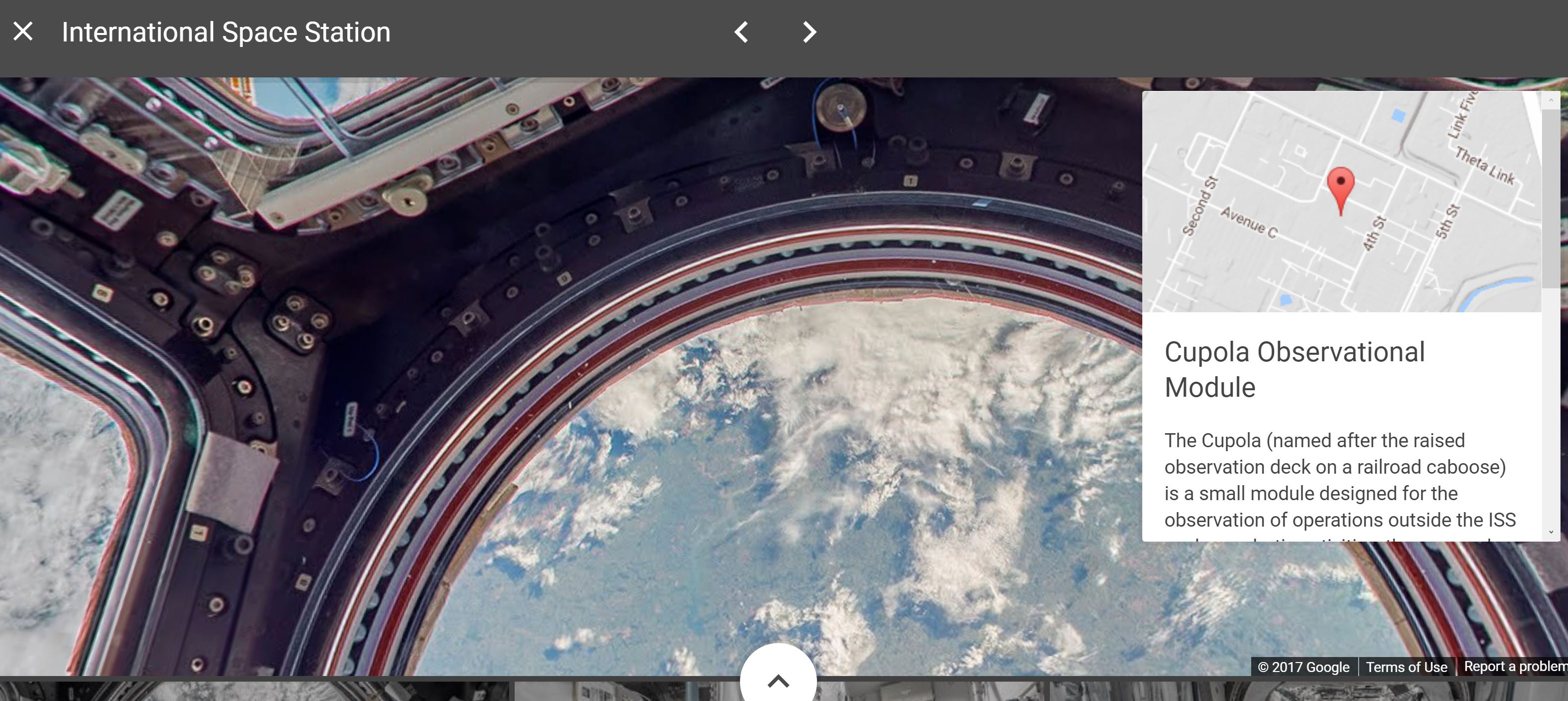
Google Earth is the largest publicly searchable visual catalog of our planet ever assembled, both from the perspective of satellites and the view from the street. And every year, intrepid people digging through that catalog make discoveries (scientific, funny or simply strange) that would never have been possible in an era when all the world's surface and streets couldn't be seen at a click. In addition, Google has worked to expand its catalog to include close-ups of places otherwise far off the beaten path. Here are the most amazing Google Earth discoveries of 2017.
400 mysterious stone structures in Saudi Arabia

The most amazing archaeological discovery of 2017 in Google Earth was, without question, a series of giant stone "gates" in Saudi Arabia dating back thousands of years. The low walls, which archaeologists termed "gates" because they resemble field gates from above, run through "bleak, inhospitable" lava fields on the sides of long-dormant volcanoes in a region called Harrat Khaybar. So far, researchers have primarily studied the gates through satellite images and are not sure of the structures' purpose.
A giant "A Hole"
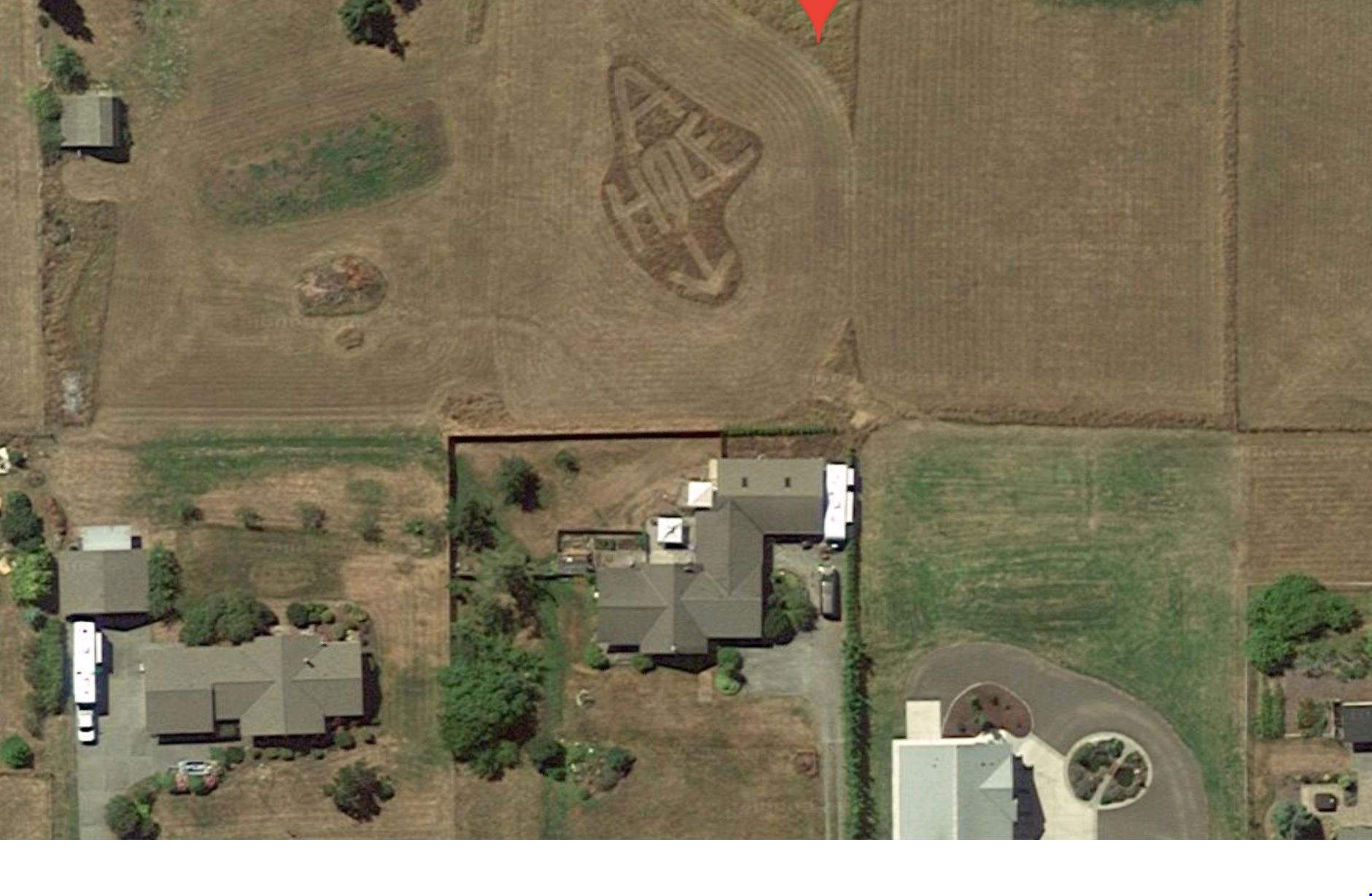
A more recent construction in Sequim, Washington, was also discovered with the aid of Google Earth satellite imagery — in this case, by a Reddit user. A screenshot posted to Reddit in April revealed that carved into the grass outside one home in the town were the words "A Hole," next to a giant arrow pointing toward the neighboring home. SF Gate, reporting on the incident, discovered that the neighboring home in question had previously "agitated some members of the community with a purple garage."
Molten lava
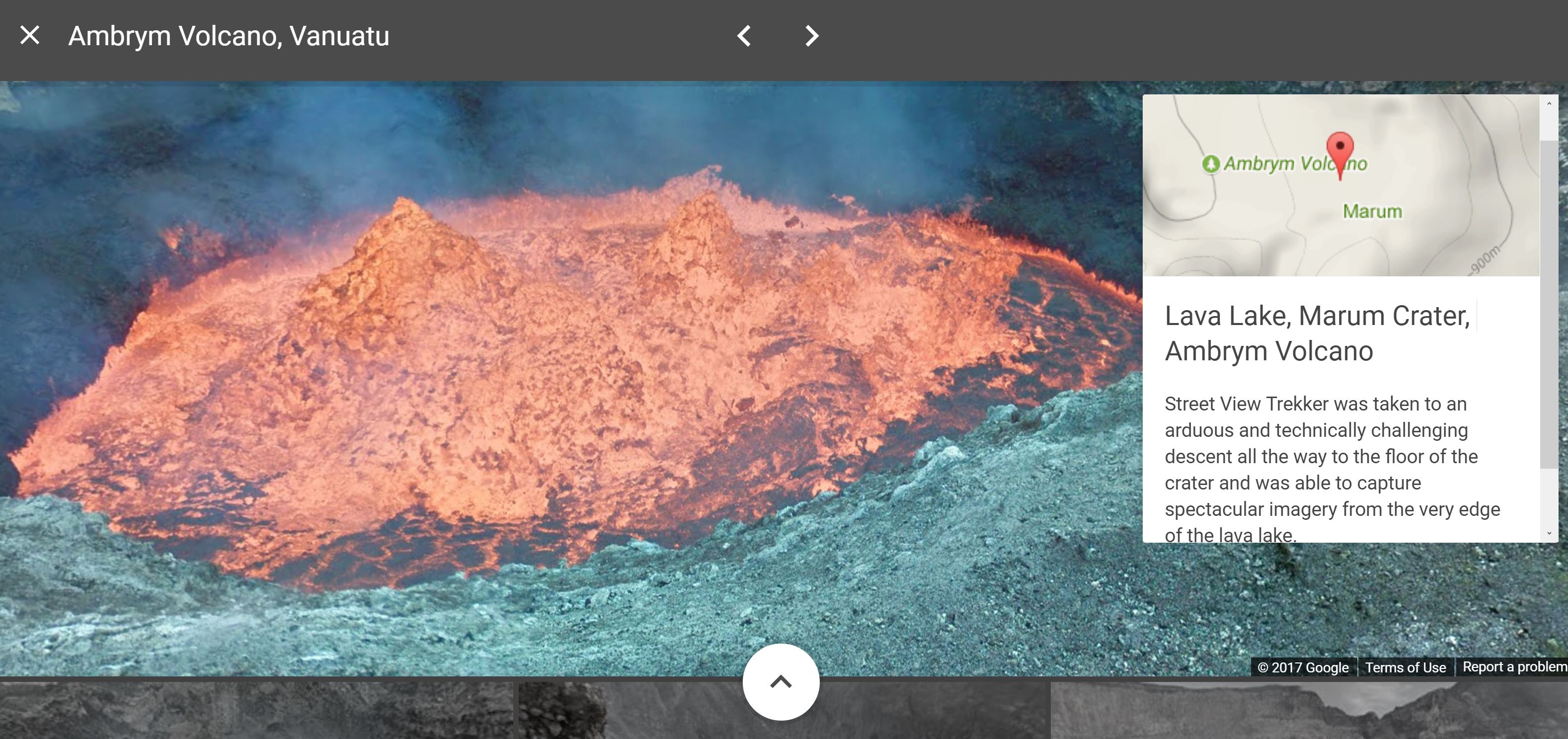
Not every amazing find in Google's explorable, virtual world showed up there by accident. In 2017, the mapping team made some dramatic efforts to expand its coverage area into some of the more astonishing corners of the world. One such spot was an active, bubbling lava lake in Marum Crater in the Ambrym, a volcano on the Pacific island nation of Vanuatu.. Google sent two explorers armed with 360-degree cameras into the crater, and they captured the trek right up to the edge of the molten rock.
The Millennium Falcon
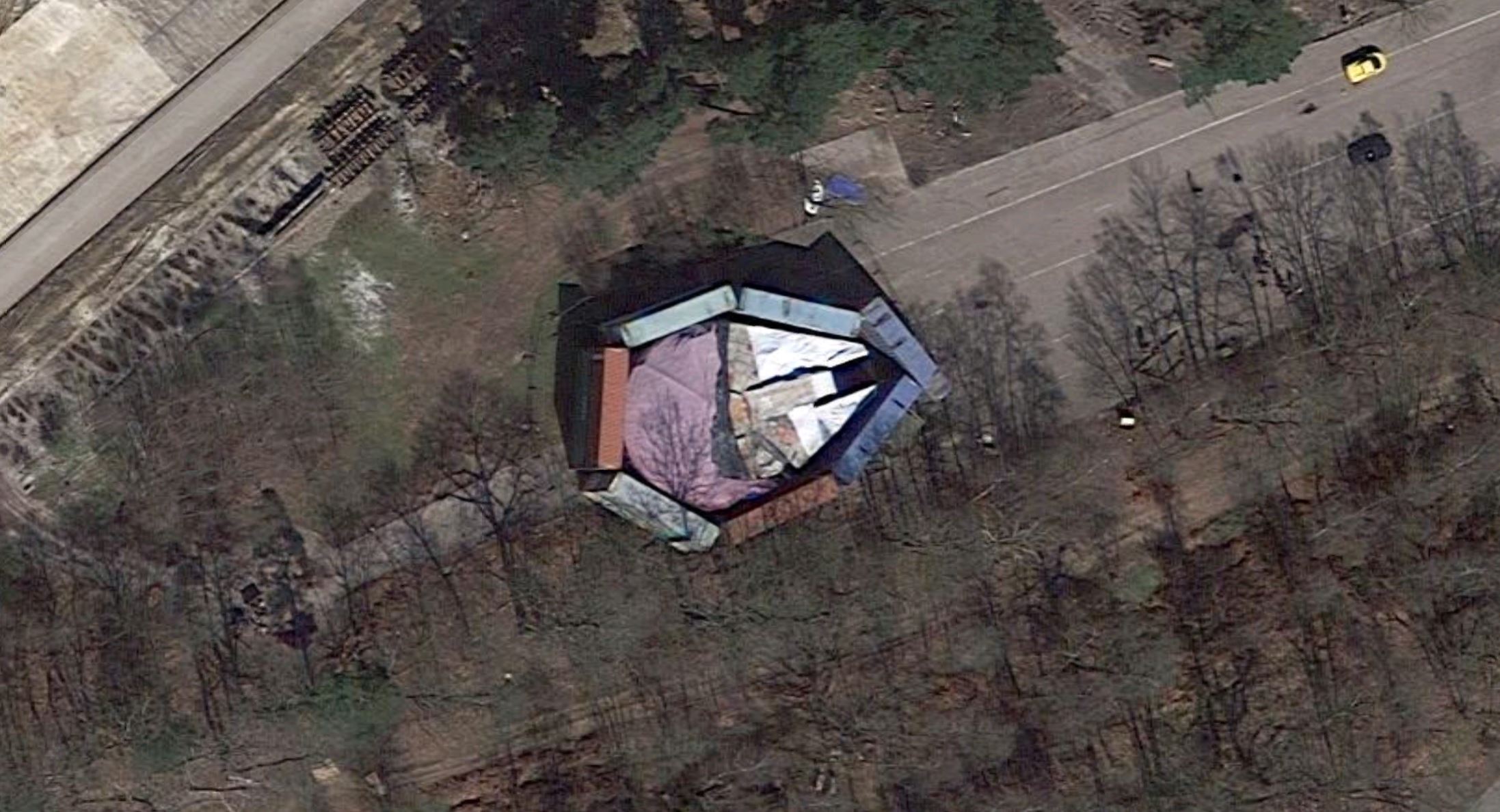
Sometimes a big company spends a lot of money to reveal something to the world, and sometimes a big company tries to hide something from the world. In this case, Longcross Film Studios in Chertsey, England, tried to hide its movie model of the Millennium Falcon from view with the aid of a tarp and some shipping containers. Unfortunately for the team there, Google's satellites have an unusual perspective, and saw right through the attempts to hide the giant prop.
The International Space Station

One spacecraft Google revealed with permission in 2017 was the International Space Station. Google couldn't send up one of its usual 360-degree Street View cameras, but European Space Agency astronaut Thomas Pesquet used existing, standard cameras on the station to create a panoramic visual tour, which Google's earthbound team stitched together to add the orbiter to its explorable collection.
A woman who died 18 months earlier
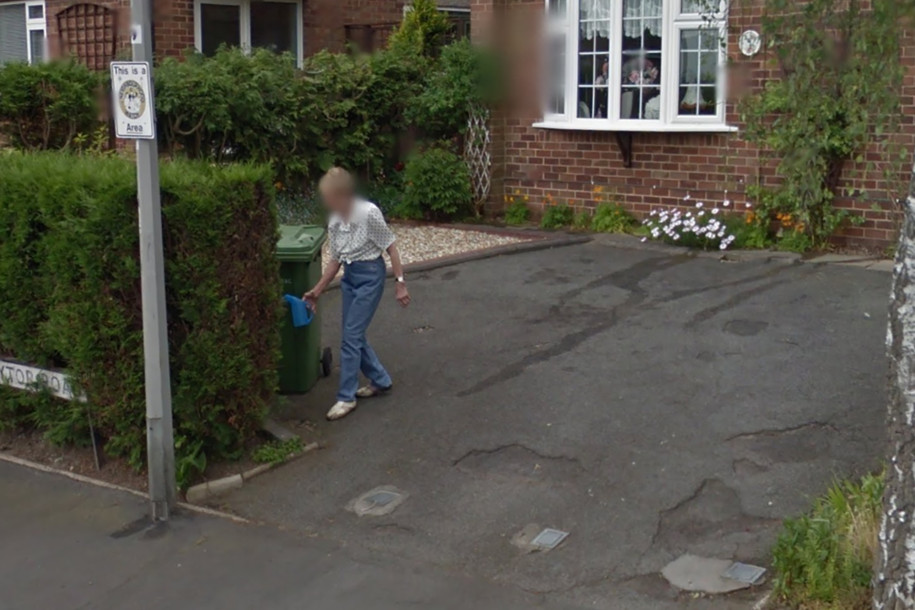
Google has sent cars all over the world to capture ground-level views of the streets covered by the company's global mapping project. And, like the satellite images, those Street View captures form a unique archive of what nearly every street-facing place on Earth looked like at a particular, recent moment in time. For one woman in Florida, that meant a shock when she went to look at the Street View of her childhood home in England, according to The Sun. Denise Underhill saw on her screen her mother standing outside it, watering the garden, even though her mother had died 18 months earlier.
Sign up for the Live Science daily newsletter now
Get the world’s most fascinating discoveries delivered straight to your inbox.











